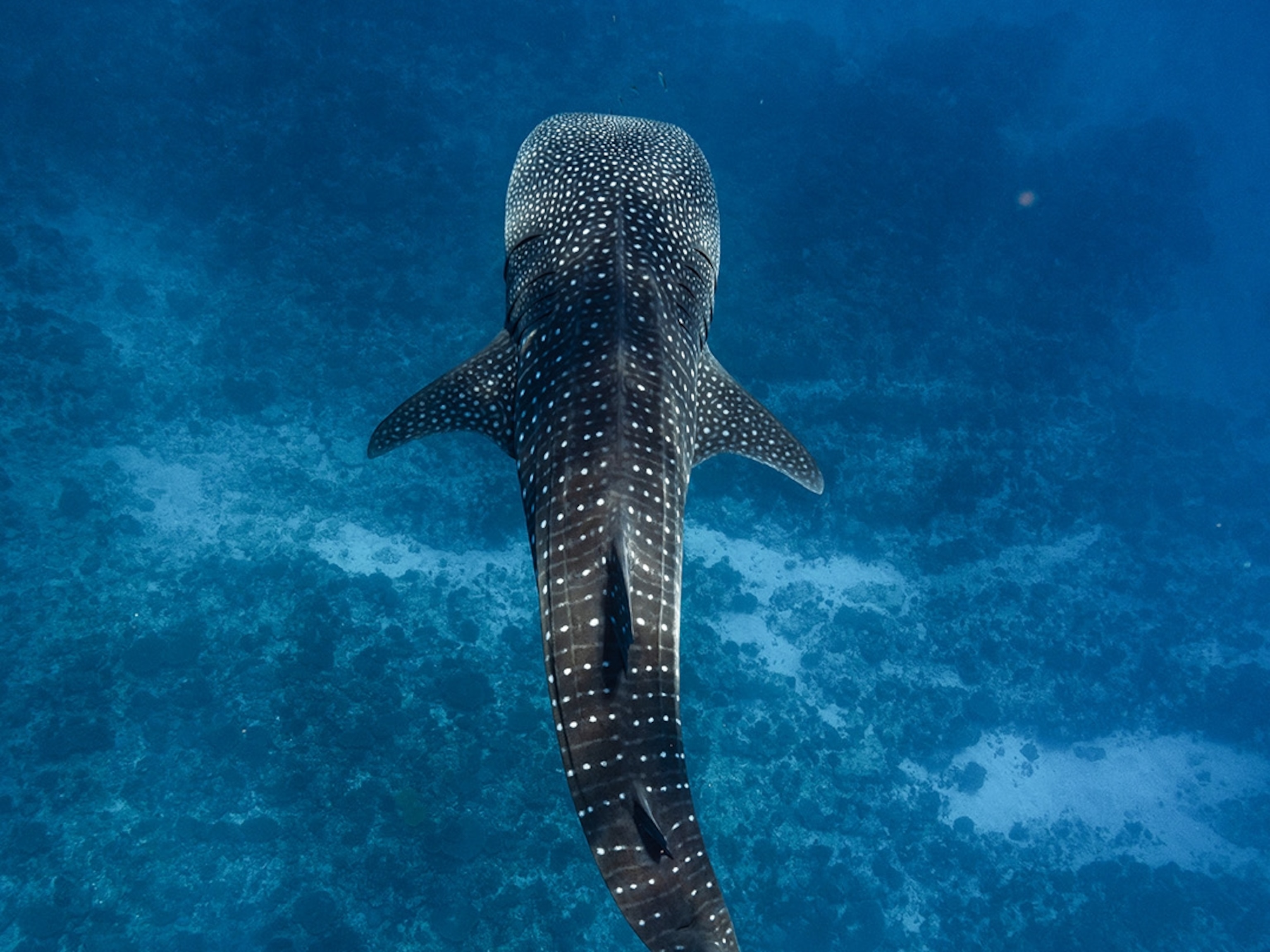Exxon Valdez Oil Spill Devastated Killer Whales
More than two decades after the disaster, the future is bleak for a genetically unique pod of Alaskan orcas.
It’s been 26 years since the Exxon Valdez supertanker slammed into a reef, releasing nearly 11 million gallons of crude oil and destroying hundreds of thousands of animals, from sea otters to bald eagles, in and around Alaska’s Prince William Sound.
You’d think nearly three decades would be long enough for the wildlife to recover, but some populations took a harder hit than others. Take killer whales, also known as orcas.
They’re the subject of a new National Geographic investigative documentary produced by reporter J.J. Kelley exploring the effects of the Exxon Valdez spill on this highly intelligent animal. “News always goes in and covers the immediate,” Kelley says, “but what about the long-term fallout?”
Two pods of orcas were caught up directly in the spill. One, the so-called resident orcas, lost 14 of its 36 members after the spill. These fish-eating orcas still haven’t recovered. Even worse off is the “transient” pod—orcas that feed on seals and other marine mammals living in the sound. The "Chugach transients," as they're called, are the stars of this three part documentary.
Before the spill, they numbered 22. Nine immediately disappeared and were presumed dead, likely from ingesting or inhaling oil. Another six went missing. Now the transients are down to seven. Not one calf has been born since the spill, and the two remaining females are too old to reproduce. The pod will soon die off.
The extinction of this pod would mean the loss of a population that not only has its own genes but its own language. Killer whales are the largest dolphin species and one of the smartest predators. Their brain-to-body-weight ratio, a rough measure of intelligence for scientists, is similar to that of chimpanzees.
Scientists haven’t pinpointed why the transient clan hasn’t been able to reproduce, but they have some ideas. It could simply be social disruption from the disaster. Or it could be, as a 2010 government report suggests, because so many seals, the orcas’ main food source, died after the spill.
Or, unrelated to the Exxon Valdez disaster, chemicals in the air from China and Southeast Asia could be causing reproductive problems. The pesticide DDT and PCBs, an industrial chemical, have been found in the orcas’ blubber.
But it doesn’t help that oil from the spill hasn’t disappeared. By dipping a cloth that absorbs oil into the ground on one beach, Kelley and his team confirmed their hunch that the substance still exists. They found an oily stew of crustaceans trapped under a rock—close to hundreds of pink salmon they’d spotted swimming nearby.
The Chugach transients don’t eat these sea creatures, but their resident counterparts do. “There’s systems out there that these animals are dependent on,” Craig Matkin, executive director of the North Gulf Oceanic Society, says in the film, “and if you want to have these animals around, you’ve got to protect these systems.”
It’s not just killer whales that have Exxon Valdez problems. As of 2010, the government considered only about half of the wildlife populations in Prince William Sound as recovered. Other species, such as pacific herring and pigeon guillemots, also haven’t come close to returning to their pre-spill levels.
Read more stories about wildlife crime and exploitation on Wildlife Watch. Send tips, feedback, and story ideas to ngwildlife@natgeo.com.





